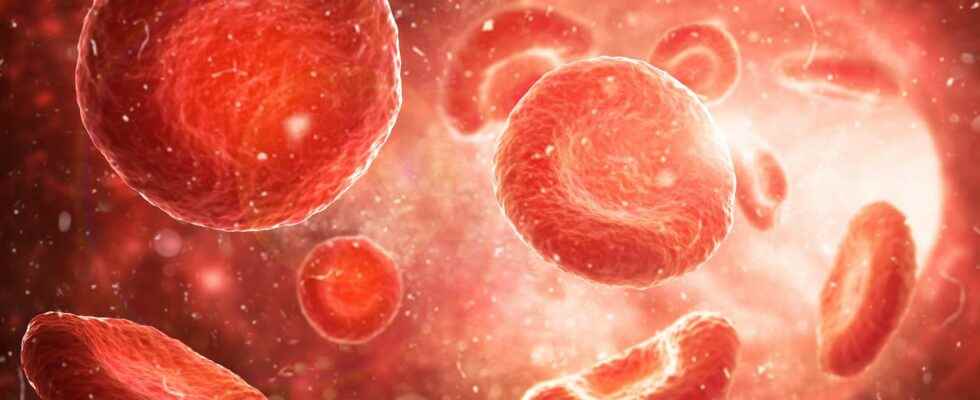You will also be interested
[EN VIDÉO] Microplastics: from the river to the ocean The Yangzi Jiang is the most important river in China. And it has long been suspected to be the world’s biggest source of microplastic pollution. Researchers from the University of Michigan (United States) are now showing how it carries large concentrations of microplastics which then disperse into the South China Sea. (in English) © University of Michigan
From the top of Everest upto the depths of the oceans, microplastics, this debris, the size of which is less than 5 mm or 1 µm when we speak of nanoplastic, is everywhere in the environment. For the first time, they were identified in the blood of 22 anonymous volunteers. The scientists from the Free University of Amsterdam behind this discovery have also managed to quantify them. According to their results published on March 24, 2022 in Environment Internationalapproximately 1.6 µg of microplastics circulate per milliliter of blood.
Plastic polymers in human blood
With their detection method, the scientists could only detect particles of plastic whose size is between 500 and 700 nm. At these dimensions, the microplastics would be able to cross the cell membrane. Dutch scientists have identified four types of polymers plastic: the polyethylene terephthalate (or PET), polyethylene (or PE), polystyrene (or PS) and polymethyl methylacrylate (or PMMA). From polypropylene (or PP) was also identified but in a quantity too small to be quantified.
The fate of these microplastics traveling through our blood remains largely unknown. It could reach the organs and accumulate there, but the consequences of their presence are currently unknown. Microplastics appear to contaminate human blood via mucous membranes, by inhalation or ingestion.
Microplastics also float in theair and those of small sizes, between 1 nm and 20 µm, can be inhaled at the same time as one breathes. They are also present in water and food, but also in other products in contact with our mouths. Many questions are still unanswered regarding microplastics: do they penetrate certain cells? Are they recognized by the immune system? These are all questions that will be the subject of scientific research in the future.
Interested in what you just read?
